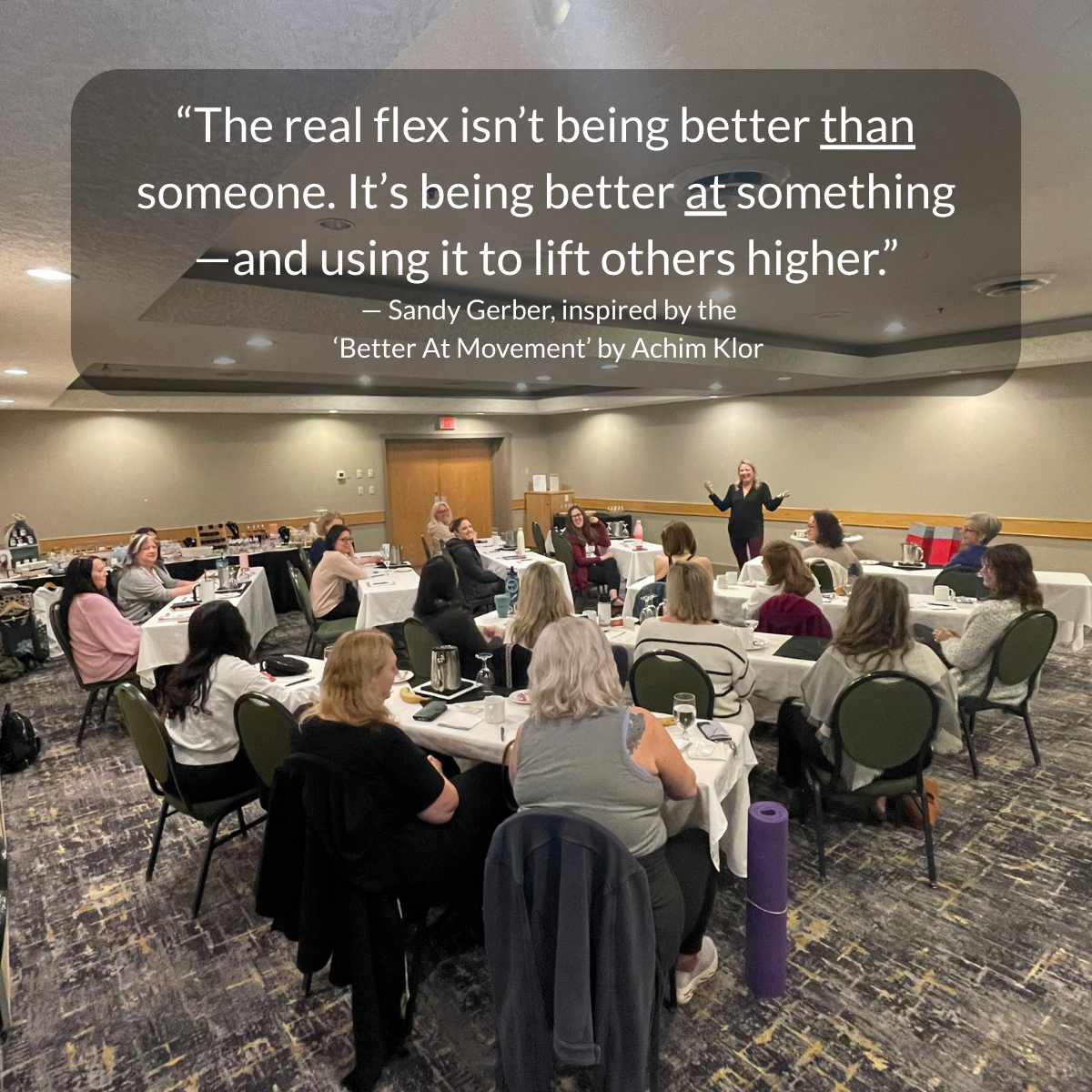Active listening is focusing on what the person you’re speaking with is saying.
That sounds simple, doesn’t it?
In theory, yes, listening to someone else is easy if there isn’t a dog barking or radio going off in the background. The issue is that when we listen, we usually filter the information. That, in and of itself, can prevent us from really hearing the other person out.
Also, many times we don’t pay attention to body language, which is where a lot of the communication is happening.
Then there’s the part of the other person realizing we are listening to them. Even if we are listening fully to the other person, they might not realize unless we show them we’ve heard them. Often we do things without being aware of the signals that we are not listening.
So, let’s have a look at how you can become a better listener. Funnily enough, when you listen better, most people will actually think you are a better conversationalist. They will enjoy talking to you, because they feel heard and understood.
What is blocking your communication?
When you listen to someone, what is going on inside your mind? Are you sitting observing the speaker, taking in their body language and tone of voice, as well as paying attention to what they are saying? Or are you perhaps:
- judging what they have to say
- coming up with solutions for what they are talking about
- thinking of similar situations applying to your own life
- thinking about what to say next
- trying to figure out if they mean what they are saying or there’s a hidden meaning somewhere
- looking solely at the facts and avoiding any closer look at the emotions
- thinking how you can convince this person that their opinion is skewed and yours is correct
- daydreaming
- thinking of ways to change the topic
- comparing yourself to the person speaking
- diagnosing what’s going on for the person in front of you
- filtering the information—taking in some things, but not others
- questioning everything that’s being said or coming up with a myriad of follow up questions that will make it sound like an interrogation
All of the above communication blockers mean that you’re not 100% present to what is being said. You’re too busy thinking about something else. That’s not to say that we don’t have the right to do all the above at some point—but not to the point where we aren’t present in the conversation. Find out what is blocking your communication today with my complimentary “Communication Blockers Worksheet”.
You may consider everything a person has said AFTER they stop speaking. In fact, a great way of doing this is reflecting back on what the person just said to you.
“If I understand you correctly, you think…”
“It’s my understanding that you mean x by what you just said.”
“Am I correct in assuming that the main reason you want to do x is because…”
You can also ask probing questions to understand them better.
“Is there any other reasons why you don’t like your job?”
“You mention you like healthy relationships. Exactly what do you mean by healthy?”
Often we mind-read by filling the blanks. We make assumptions. And we do so before we have all the facts.
By asking questions we not only clarify information, but we also ensure the other party sees that we’re interested in what they have to say.
If we are usually busy thinking about more than what’s being said during a conversation, how can we bring ourselves back to the present? Well, we can start by truly listening. Take in what’s being said.
Active listening & body language
Secondly, a good way to get into the moment and also listen on another “level” is to study the other person’s body language. Their body language tends to communicate more than their words.
Do they seem calm and composed, or are they fidgeting and having their gaze jump around the room nervously? Are they standing tall, or hunching over?
Is their body language open, or are they closing you off by crossing their arms and legs? Are they leaning forward, or back? Are they turning their palms up or down? Clasping their hands, or keeping them by their sides, or on the table?
By paying attention to someone’s body language while speaking with them, your mind doesn’t have time to go astray. You need to stay focused. Plus, you are learning a lot more about what the other person is communicating.
Even when not paying attention, you’d still read someone’s body language on a subconscious level. However, that can easily lead to confusion. For example, have you ever come out of a conversation feeling as if the other person wasn’t sincere, but not knowing why? Chances are, you picked things up in their body language and tone of voice that contradicted what they were saying. But as you weren’t aware of this, you got confused.
Active listening is about being present with what the other person is saying and doing. It’s also about making the other person aware that you are paying attention. You can do that by looking them in the eye for a great part of the conversation, as well as summarizing what’s been said and asking probing questions.
Once you start doing active listening, you’ll be intrigued by what you pick up on. Things that previously went right over your head will become clear to you. Also, you’ll see how differently people respond to you when you are truly present to what’s being said and responding to it in a conducive manner.
I look forward to hearing how your relationships change for the better when you start applying this one simple communication tool. If you are looking for more ways to improve your relationship with those around you, have a look at my Emotional Magnets Quiz. By understanding what emotional needs you and your loved ones have, you will be able to meet them. My upcoming book Emotional Magnetism™ will speak about this in more detail, but for now, have a look at the quiz and this blog about the four main Emotional Magnets and how you can use them to improve your relationships.
Fun Fact: Wikipedia (for the encyclopedia inclined) refers to active listening as, “a technique of careful listening and observation of non-verbal cues, with feedback in the form of accurate paraphrasing, that is used in counseling, training, and solving disputes or conflicts.”




0 Comments